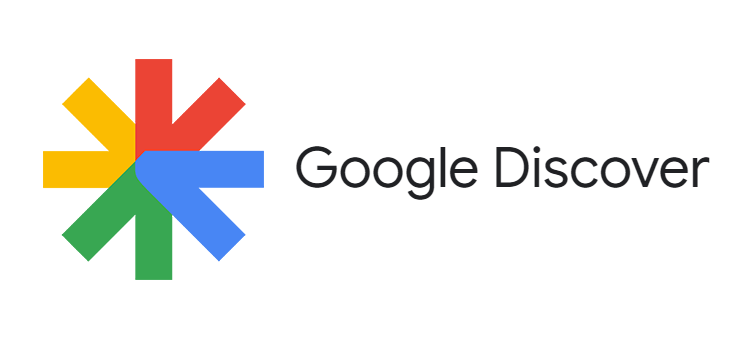Since it was launched in 2018, Google Discover has enjoyed mixed reviews from publishers and marketers. Complaints centre on a lack of clear instructions for content optimisation and a tendency to surface trending rather than evergreen content. However, others see the Discover feed as an untapped traffic engine when content is set up to perform.
Why it matters
Google Discover is a content feed in the Google app that, as the name suggests, helps users “discover” content without searching. The feed is customised to deliver content relevant to an individual user’s interests and needs based on their behaviour.
Unlike social media feeds, content customisation in the Discover feed is not dependent on interactions – likes and shares – from the user’s network. Instead, personalisation is based on Google’s Knowledge Graph, a wealth of information and data that Google uses to show users how facts, people and places are connected and to deliver more relevant search results.
The behavioural basis of the content recommended in the Discover feed is basically a reaction to previous Google searches. This means that from a publisher point of view, optimising for Discover is an opportunity to get your content in front of interested audiences without them having to search.
How to optmise for Google Discover
Make sure you have a mobile-friendly website
Discover was designed for mobile users so your site needs to work on a mobile device. At the very least you need you need a responsive website that loads quickly. The best way to ensure your content is compatible is to get your pages AMP ready as – more than 60% of the articles that appear on the Discover feed are AMP.
Use great images
Google gives a lot of real estate to images in Discover so it is important to have high-quality images in the content you want to appear in the feed. Swap out thumbnails for larger images (at least 1200px wide) enabled by the max-image-preview:large robots meta tag or by using AMP. Videos and infographics will also help your chances of getting picked up.
Metadata still matters
The content in the Discover feed comes from users search queries and their interaction with results. That means metadata and standard SEO best practice still matters. Title tags and meta descriptions should summarize page content, avoiding clickbait, which is specifically warned against in the Discover guidelines.
In the Discover launch announcement Google said: “There aren’t any methods for boosting the ranking of your pages other than posting content that you think users will find interesting.”
Balance trending and evergreen content
The Discover feed prefers timely content for the most part and breaking stories will get picked up. But unless you are a well known publication with millions of readers, it is unlikely that you’ll be featured for the hottest stories. News stories also tend to have a limited shelf-life and will disappear from the Discover feed quickly. Niche, evergreen content that delivers real value to the audience is likely to be the best way from smaller publishers to consistently make it in.
You are what you E-A-T
Google favours content that demonstrates E-A-T, meaning expertise, authoritativeness and trustworthiness. In the context of Discover, this means providing clear content creation dates, author bylines and bios, publication name and publisher and contact information. All these factors build trust and transparency with visitors.
Become a Knowledge Graph entity
People can only follow your brand in Discover if it’s in the Knowledge Graph. To check, Google your publication or brand and if there’s a Knowledge Panel in the search results, it’s in the Knowledge Graph. Being in the Knowledge Graph means you online presence is strong enough for Google to put your content in the right context, associating it with relevant user interests. If you don’t have a Knowledge Panel, you need to set up a Google My Business account to let you verify that you control the entity.









